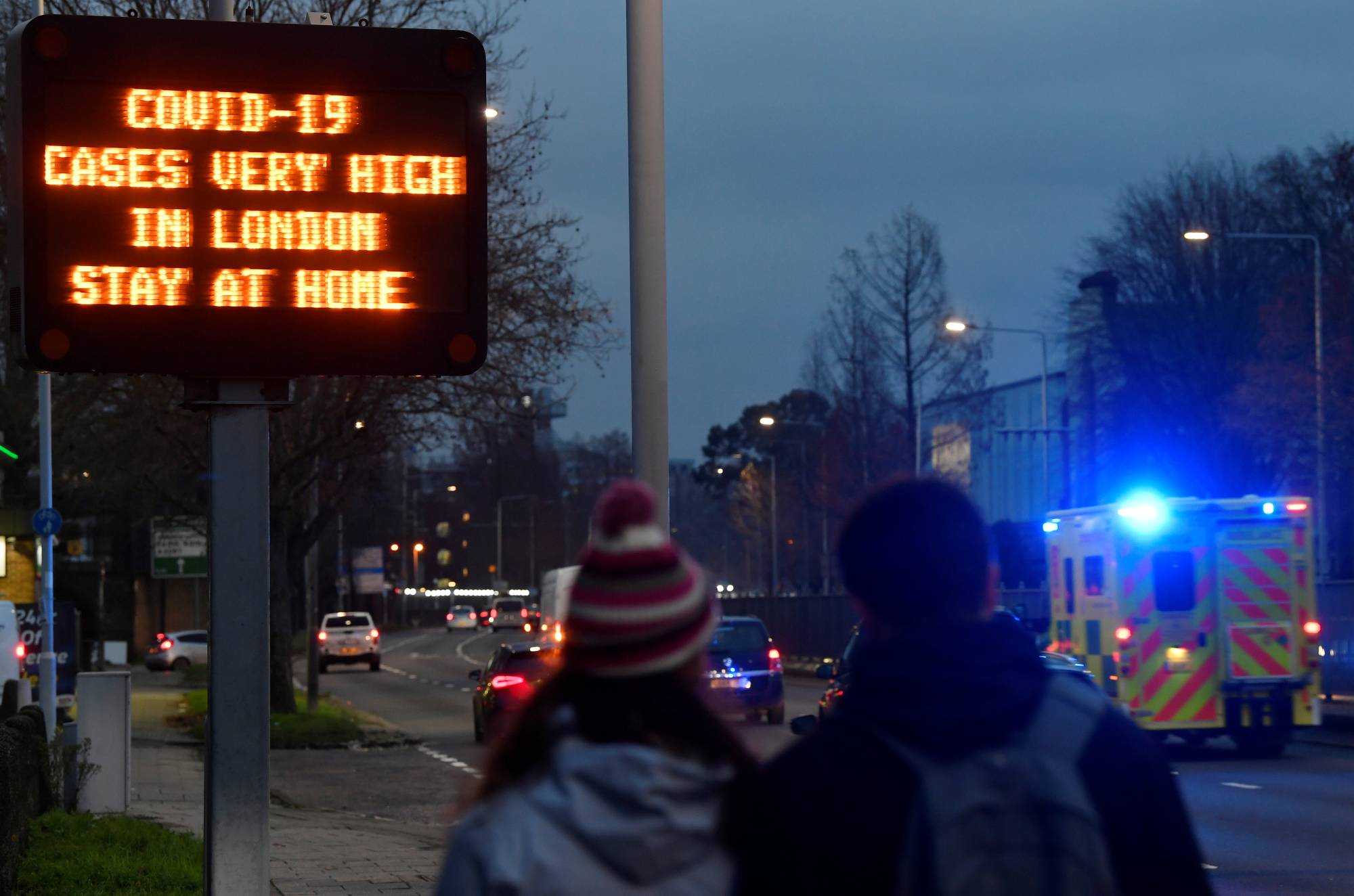COVID-19 stormed across the planet in 2020, striking first in Asia and then surging throughout Europe and the Americas in what seemed like an endless tidal wave of grief. With each passing milestone — the first 100 deaths in January, followed by the first 1,000 in February, 10,000 in March, 100,000 in April, and one million as of September — the question always has been: When will it end?
Despite its virulence, many simply assume that the pandemic will end sometime in 2021. But such hopes are misplaced. Controlling an epidemic involves four fundamental components: leadership, governance, social solidarity and a medical toolkit. Most countries today have failed on the first three, all but ensuring that COVID-19 will remain with us over the next year.
Most likely, winter in the northern hemisphere will bring a sharp rise in infections and deaths. The losses will be particularly pronounced in Europe and North America, where daily infection rates were already spiking in mid-autumn. And just as the weather starts to warm in the north, South America will cool and another epidemic wave will crash over us.



















With your current subscription plan you can comment on stories. However, before writing your first comment, please create a display name in the Profile section of your subscriber account page.